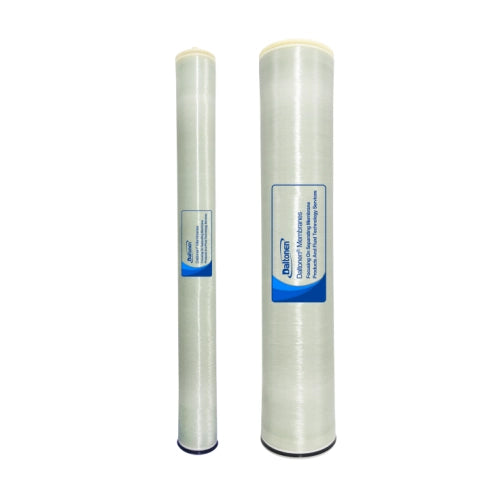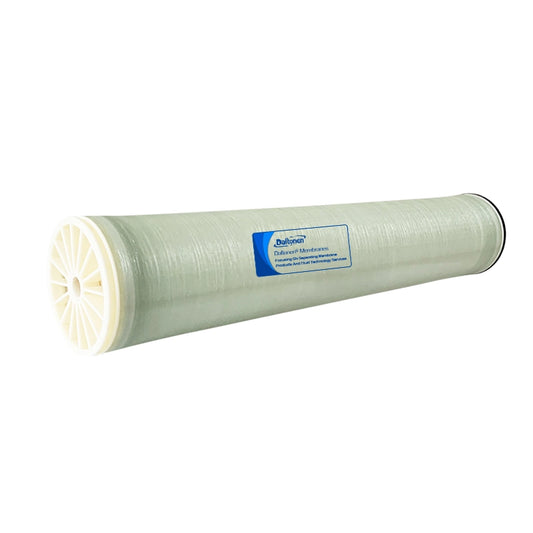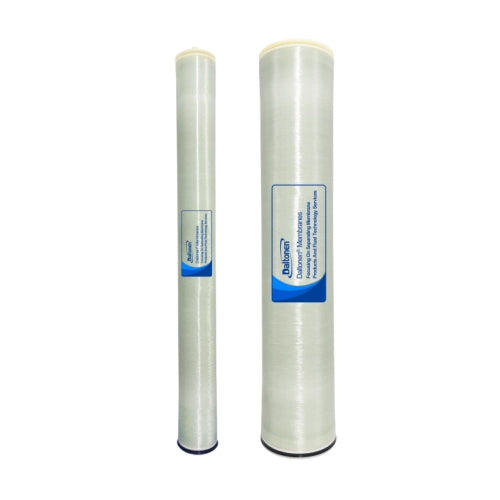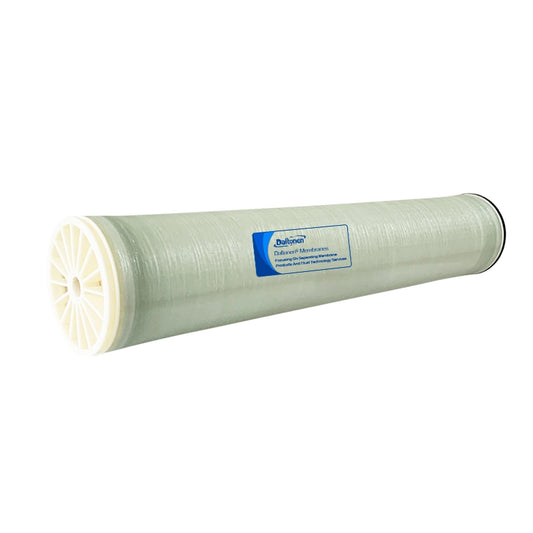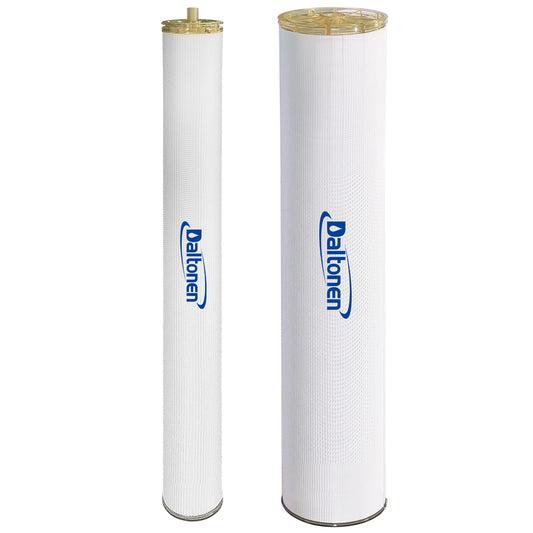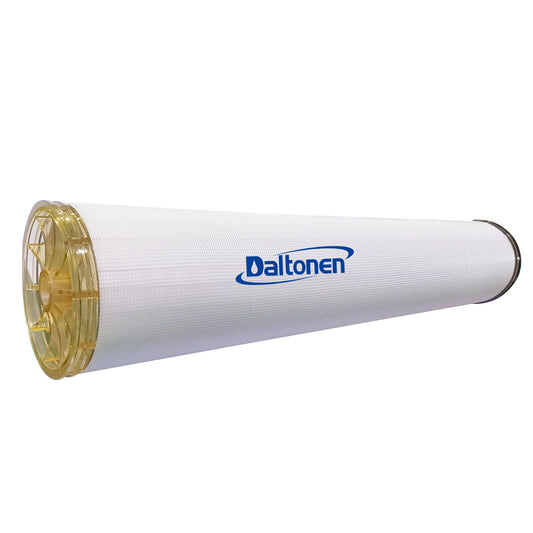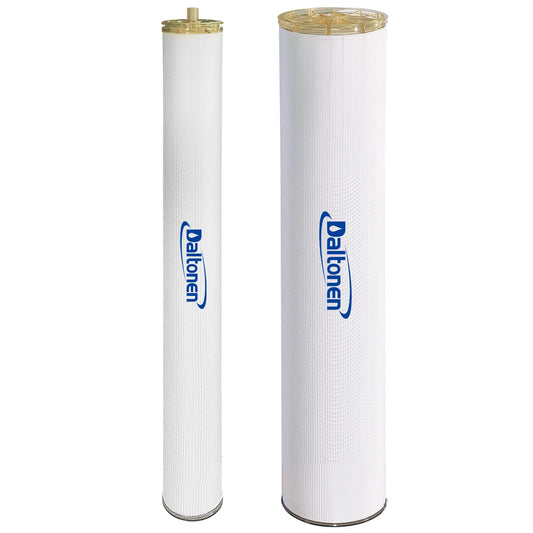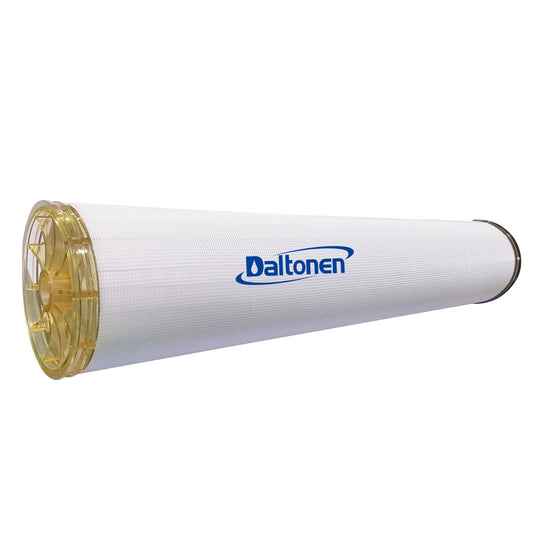Garbage Leachate Treatment Process and Plan
28 Apr 2025
I. Design Basis
Treatment Scale: Assume a daily treatment capacity of 200 tons (adjust according to landfill size and leachate production).
Inlet Water Quality:
-
COD: 5,000~30,000 mg/L
-
NH₃-N: 1,000~3,000 mg/L
-
Salinity (TDS): 10,000~30,000 mg/L
-
Heavy Metals: Trace amounts of Zn, Pb, Cd
Discharge Requirements:
-
COD ≤100 mg/L
-
NH₃-N ≤25 mg/L
-
TP ≤3 mg/L
-
Heavy Metals meet standards

II. Process Flow
A combined process of "physical and chemical pretreatment + biological nitrogen removal + advanced oxidation + membrane depth treatment" is adopted to efficiently remove pollutants:
1. Pretreatment System
Equalization Tank:
-
Balance water quality and quantity, with a retention time of ≥5 days to prevent shock loads.
Ammonia Stripping Tower (Optional):
-
Adjust pH to 10~11, with a gas-to-water ratio of 3000:1, to remove 50%~70% of free ammonia (NH₃).
Chemical Precipitation:
-
Add Ca(OH)₂ or FeCl₃ to remove heavy metals, phosphates, and some COD.
2. Biological Treatment System
UASB Anaerobic Reactor:
-
Volumetric loading rate of 4~6 kg COD/(m³·d), with a COD removal rate of ≥60%, producing biogas (CH₄≥55%).
Two-stage A/O-MBR:
-
Primary A/O: Pre-denitrification (anoxic tank ORP -50~-150 mV) + nitrification (aerobic tank DO 2~4 mg/L), with a nitrogen removal efficiency of >90%.
-
Secondary A/O: Enhanced treatment of refractory organic matter, with an MBR membrane pore size of 0.1 μm, and effluent SS ≤5 mg/L.
3. Advanced Treatment System
Fenton Oxidation:
-
Add H₂O₂ at a dosage of 0.5~1.5 kg/m³, with Fe²⁺ as a catalyst, at a pH of 3~4, and a reaction time of 2 hours to degrade refractory organic COD.
Nanofiltration (NF) + Reverse Osmosis (RO):
-
NF removes large molecular organic matter and divalent salts, while RO has a desalination rate of ≥98%, with product water TDS ≤500 mg/L.
Concentrate Treatment:
-
Evaporative crystallization (MVR) or reinjection into the landfill (with a controlled reinjection ratio of ≤10%).
4. Auxiliary Systems
Sludge Treatment:
-
Dewatering with a plate and frame press to a moisture content of ≤60%, with sludge cakes disposed of as hazardous waste.
Odor Control:
-
Biological filter (degrades H₂S, NH₃) + activated carbon adsorption (controls VOCs).

III. Key Equipment Selection
| Equipment Name | Specification/Parameters | Remarks |
|---|---|---|
| UASB Reactor | Effective volume 500 m³, upward flow velocity 0.8 m/h | Triphase separator with anti-clogging design |
| MBR Membrane Module | PVDF hollow fiber membrane, flux 15~20 LMH | Online chemical cleaning (NaClO + citric acid) |
| Fenton Reaction Tower | Carbon steel lined with PE, online pH/ORP monitoring | Corrosion-resistant to strong acids |
| MVR Evaporator | Evaporation capacity 5 t/h, steam compression ratio 1:2.5 | Energy-efficient mechanical vapor recompression |
IV. Operating Parameters
| Treatment Unit | Key Indicator | Removal Rate |
|---|---|---|
| UASB | COD from 20,000→8,000 mg/L | 60% |
| Two-stage A/O-MBR | NH₃-N from 2,000→30 mg/L | 98.5% |
| Fenton Oxidation | COD from 800→150 mg/L | 81% |
| RO System | TDS from 15,000→300 mg/L | 98% |
V. Cost Analysis
| Item | Unit Cost | Notes |
|---|---|---|
| Electricity | 8~12 yuan/ton | Mainly from RO high-pressure pumps, MVR evaporation |
| Chemicals | 15~20 yuan/ton | H₂O₂, Fe²⁺, antiscalants, membrane cleaning agents |
| Membrane Replacement | 5~8 yuan/ton | NF/RO membrane lifespan 3~5 years |
| Total | 28~40 yuan/ton | Lower than traditional incineration treatment costs |
VI. Plan Advantages
Strong Shock Resistance:
-
The MBR process tolerates water quality fluctuations, while UASB + Fenton ensures high COD removal.
Resource Recovery Potential:
-
Biogas power generation (100 m³ biogas/ton leachate → 200 kWh/ton), RO product water reuse.
Zero Secondary Pollution:
-
MVR evaporative crystallization achieves complete treatment of concentrate, eliminating the risk of reinjection pollution.
VII. Precautions
Salinity Control:
-
When RO concentrate TDS > 50,000 mg/L, evaporation should be prioritized to prevent membrane scaling.
Membrane Fouling Management:
-
Regular acid washing (pH=2, citric acid) + alkali washing (pH=12, NaClO) to restore membrane flux.
Emergency Measures:
-
Set up an accident tank (≥3 days' treatment capacity) to cope with extreme rainfall or equipment failure.
VIII. Applicable Scenarios
-
Construction or expansion of municipal solid waste landfills
-
Co-treatment of leachate from waste incineration plants
-
Leachate treatment from hazardous waste landfills in industrial parks
For the treatment of aged leachate (with low BOD/COD ratio), additional units such as ozone catalytic oxidation or electrochemical treatment can be added.
Tags:
